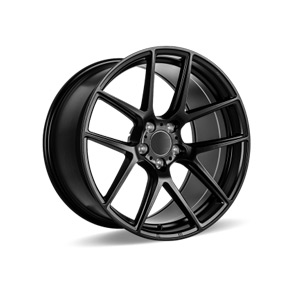throttle and cable
Understanding Throttle and Cable Mechanisms
In the realm of automotive engineering, the throttle and throttle cable play crucial roles in the functionality and performance of vehicles. These components are key in controlling the engine's power output and, by extension, the vehicle's speed. This article aims to explain the workings of throttle systems and the significance of throttle cables in modern automobiles.
The Throttle System
At its core, the throttle is a valve that regulates the amount of air entering the engine’s combustion chamber. This process is vital because the engine requires a precise air-fuel mixture to operate efficiently and produce desired power levels. When the driver presses the accelerator pedal, they are essentially requesting more power, prompting the throttle to open wider. The more the throttle opens, the more air enters the engine, allowing it to generate additional power.
Traditionally, throttles were controlled mechanically via throttle cables, connecting the accelerator pedal directly to the throttle valve. However, with advancements in technology, many modern vehicles now use electronic throttle control systems, also known as drive-by-wire systems. In these setups, the driver’s input is converted into electronic signals that adjust the throttle position, offering improved precision and responsiveness. Despite this shift to electronic systems, understanding the traditional throttle and cable mechanism remains important, particularly for classic cars and simpler vehicles.
The Throttle Cable
The throttle cable is the physical link between the accelerator pedal and the throttle body. Made of durable materials like steel encased in plastic, this cable must withstand the constant tension and wear associated with its operation. When the driver presses the accelerator pedal, the cable pulls on the throttle lever, allowing the corresponding valve to open.
throttle and cable

Throttle cables are engineered to provide smooth operation. This means they must be able to transmit the driver’s input accurately without excessive slack or resistance. Over time, however, throttle cables can stretch, fray, or become corroded, which can lead to sluggish throttle response or even complete failure. Regular inspection and maintenance of the throttle cable are essential for ensuring optimal vehicle performance.
Performance and Efficiency
The relationship between the throttle, throttle cable, and engine performance cannot be overstated. A well-functioning throttle system allows for better acceleration, improved fuel efficiency, and smoother driving overall. Conversely, any issues with the throttle cable can result in poor throttle response, leading to hesitation upon acceleration or erratic engine performance.
For drivers keen on optimizing their vehicle’s performance, understanding how to effectively maintain the throttle cable is essential. This includes ensuring that the cable is properly adjusted and lubricated, and inspecting it regularly for any signs of wear. In many cases, a simple adjustment can restore performance levels, making the car feel as good as new.
Conclusion
In conclusion, the throttle and throttle cable are vital components of a vehicle’s power delivery system. While advancements in technology have led to the adoption of electronic throttle systems, the fundamental principles behind throttle operation remain relevant. Understanding these components not only aids in the appreciation of automotive engineering but also empowers drivers to maintain their vehicles better.
Whether navigating a bustling city street or cruising down an open highway, the connection between driver input and vehicle performance starts with the throttle. As we continue to embrace new technologies, the enduring principles behind throttle function remind us of the mechanical wonders that drive our daily commutes and adventures. Maintenance of this intricate balance is key to ensuring a safe and enjoyable driving experience.
-
Workings of Clutch Pipe and Hose SystemsNewsJun.04,2025
-
The Inner Workings of Hand Brake Cable SystemsNewsJun.04,2025
-
The Secrets of Throttle and Accelerator CablesNewsJun.04,2025
-
The Hidden Lifeline of Your Transmission Gear Shift CablesNewsJun.04,2025
-
Demystifying Gear Cables and Shift LinkagesNewsJun.04,2025
-
Decoding Clutch Line Systems A Comprehensive GuideNewsJun.04,2025
